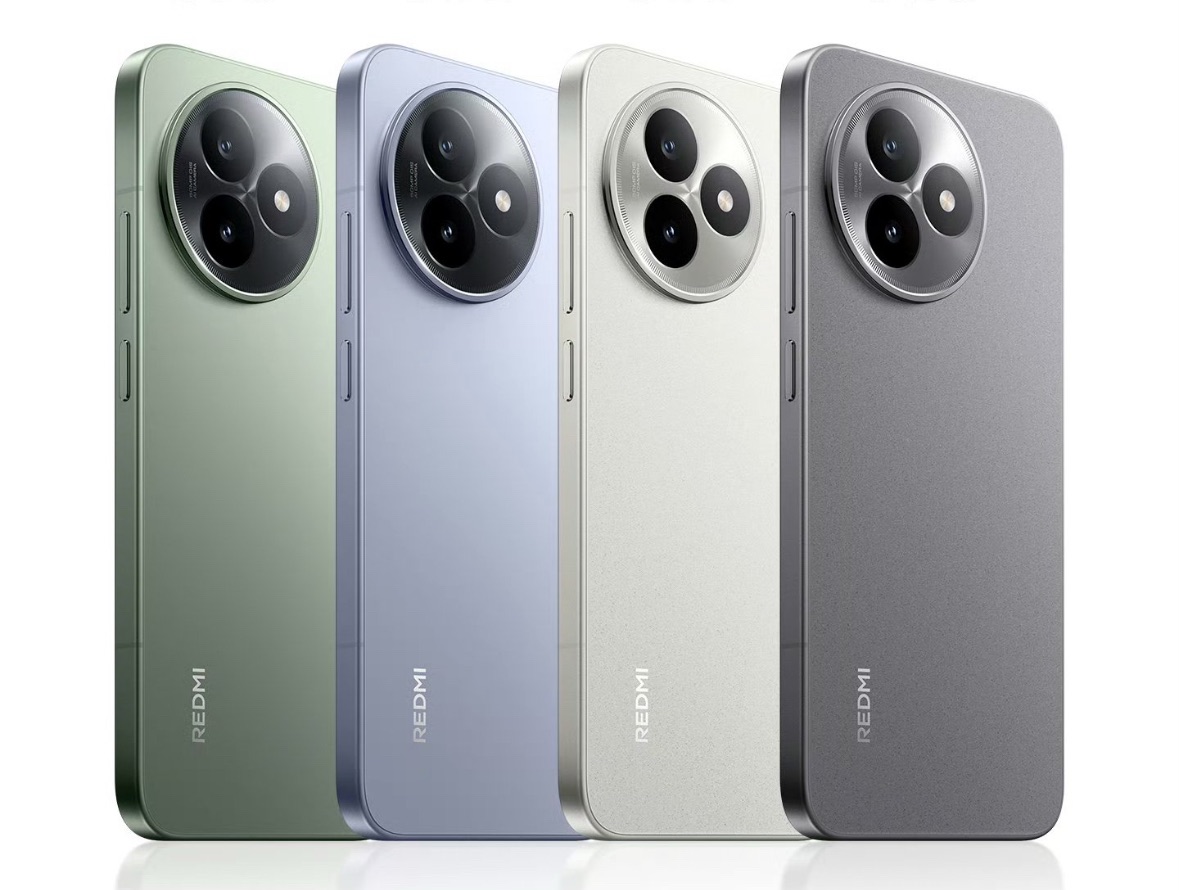Spotify’s latest iOS update marks a major shift—not just for the app itself, but for the broader dynamic between developers and Apple’s App Store. Following a recent U.S. court ruling, Spotify has begun advertising alternative payment options directly within its iOS app, bypassing Apple’s longstanding restriction that all in-app purchases go through its payment system. For years, Apple took a 30% commission on these transactions, a policy Spotify openly opposed and legally challenged in both the U.S. and Europe.
- The movie “Cat and Mouse: Astrology” is scheduled to be released in mainland China on August 9th
- Probability of publicity does not match the actual situation: Krafton was fined 2.5 million won for false publicity of “PlayerUnknown’s Battlegrounds” – Passionategeekz
- Huawei Zhu Dongdong: Hongmeng Computer will support sideloading in the future, and launch a new form of computer in the second half of the year – Passionategeekz
- New plan to curb methane emissions: sealing cow dung septic tanks, reducing emissions by 80% – Passionategeekz
- Mihayou IP’s new work “Cangfa: Elf of Causes” has completed the software copyright registration – Passionategeekz
Now that Apple has approved the update, Spotify is wasting no time. The app now includes links to its website, offering users subscription plans and promotions without routing through Apple. This development could signal a watershed moment for developers seeking more flexibility in how they monetize on iOS—but it also highlights Spotify’s strategic priorities.
While Spotify acted swiftly to capitalize on the court ruling, many users are left wondering why long-requested features for Apple devices remain unaddressed. Native HomePod support and AirPlay 2 integration, for example, have been feasible for years. Yet Spotify has chosen not to implement them, making the experience on Apple’s ecosystem unnecessarily cumbersome. Streaming from Spotify to HomePod remains clunky, and limited AirPlay 1 support results in issues like interrupted playback and lack of multi-room audio.
It’s not for lack of ability. Spotify has shown it can roll out major changes quickly when it sees direct value—especially financial. But when it comes to cooperating with Apple, the platform seems reluctant. Spotify’s bitter legal history with Apple, including a 2019 antitrust complaint in the EU, has shaped its resistance. Even after Apple introduced the option to set third-party music apps as the default, services like Pandora took advantage, while Spotify remained on the sidelines.
On Spotify’s community forum, premium subscribers have voiced frustration, saying they feel punished for wanting to use the service within Apple’s ecosystem. And they’re not wrong. Spotify’s refusal to embrace key features feels less like a technical limitation and more like a business decision.
Now, with the app tax partially lifted, Spotify has a renewed opportunity—not just to increase revenue, but to reinvest in the user experience. If it can put as much energy into making the Apple-side experience smoother as it has into bypassing Apple’s payment system, it stands to gain not just more control, but also greater loyalty from users who’ve been waiting for years.
Discover more from PassionateGeekz
Subscribe to get the latest posts sent to your email.







